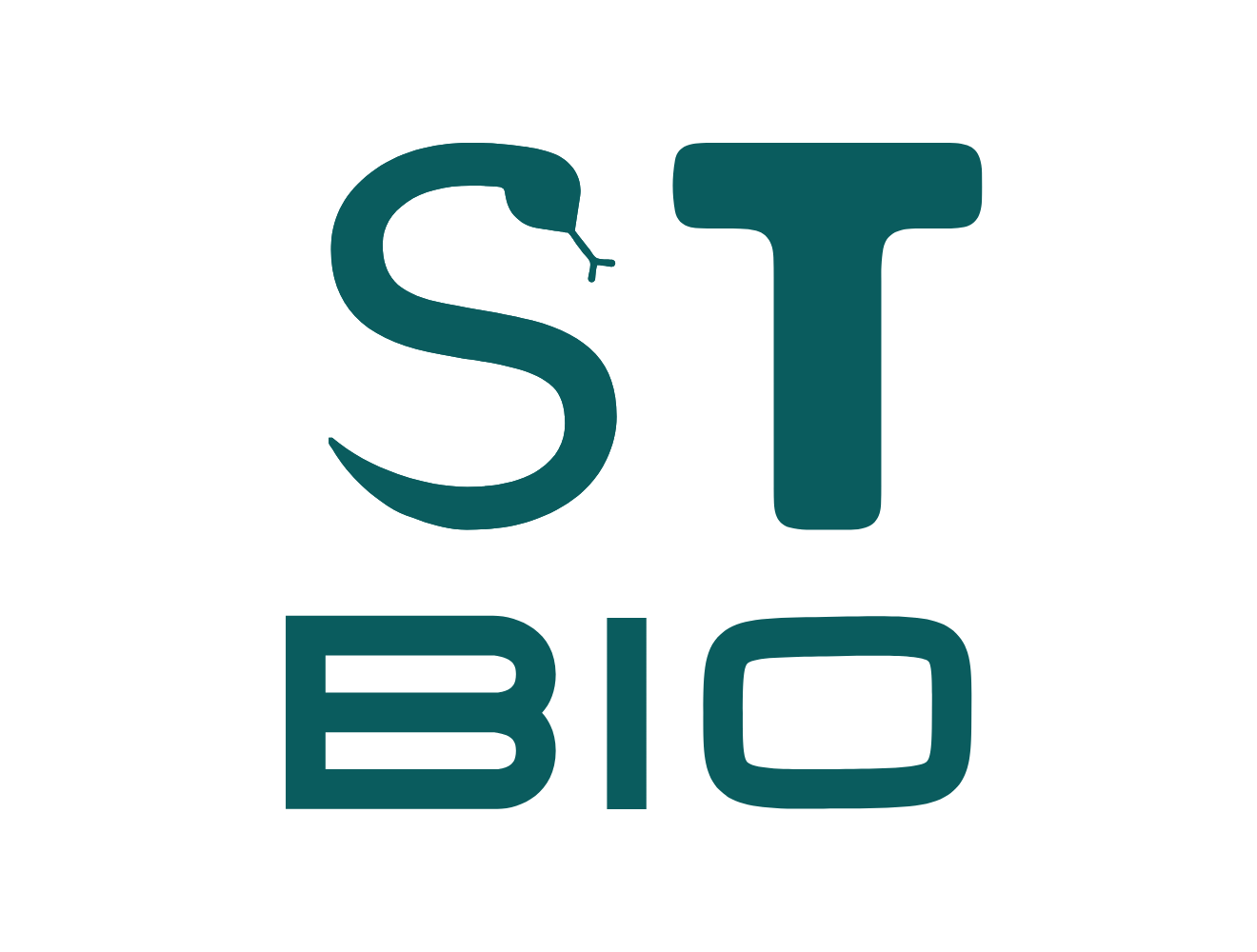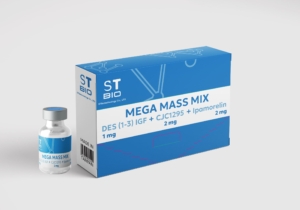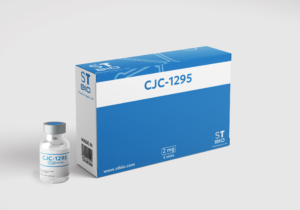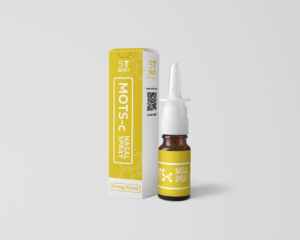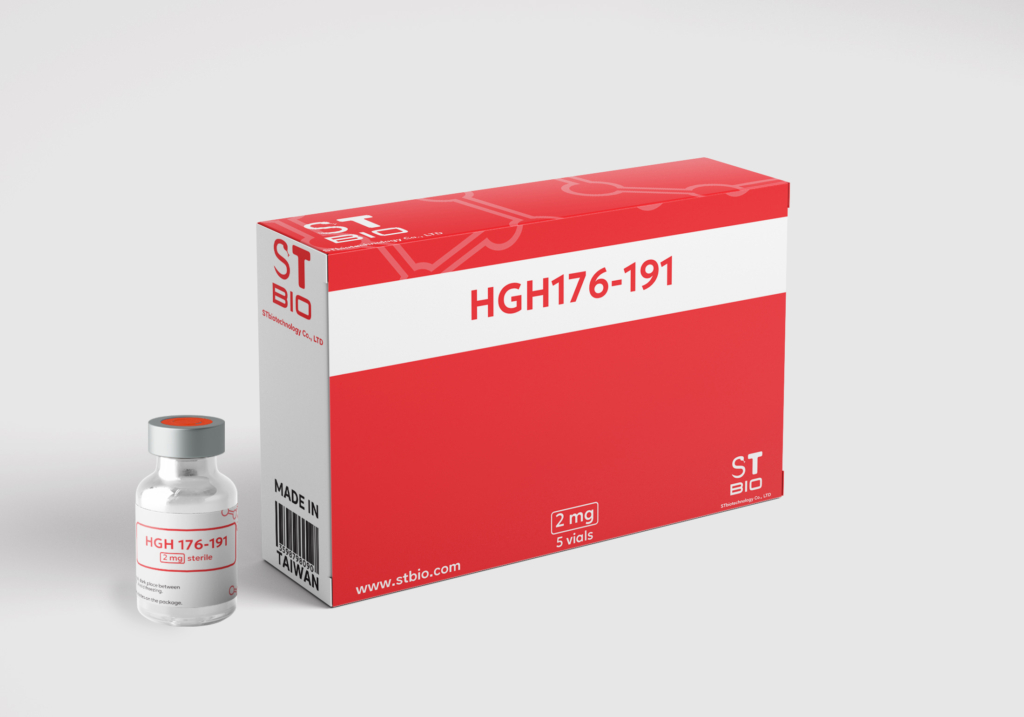
HGH176-191
The Growth Hormone fragment 176-191, also known as HGH Frag 176-191, is a modified version of the amino acid chain 176-191 from the Growth Hormone (GH) polypeptide. Researchers at Monash University discovered that the fat-reducing properties of GH are regulated by a small section at one end of the hormone molecule. This section, composed of amino acids 176-191, represents less than 10% of the entire GH molecule and does not appear to affect growth or insulin sensitivity. It works by mimicking the natural fat metabolism regulation of GH without causing the blood sugar issues or growth-related effects associated with unmodified GH. Like GH, HGH Frag 176-191 promotes fat breakdown (lipolysis) and inhibits fat formation (lipogenesis) in laboratory settings, animals, and humans.
Laboratory Findings and Fat Loss
In studies involving fat cells from rodents, pigs, dogs, and humans, HGH Frag 176-191 specifically targeted fat release from obese fat cells while sparing lean ones, preventing the accumulation of new fat and enhancing fat burning. In rodent studies, the fragment reduced body fat in obese animals without affecting food intake, increasing IGF levels, or causing the undesirable growth effects linked to regular GH. When administered at a research dose of 500mcg daily for 30 days, HGH Frag 176-191 showed fat reduction in the abdominal region in people of various body types, including obese, overweight, and average individuals.
HGH Fragment 176-191 as a Truncated Active Peptide
HGH Frag 176-191 is an analog of growth hormone-releasing factor (GRF), signaling the effects of GH. It consists of a 15-mer peptide residue from the C-terminal end of HGH, with tyrosine added at the N-terminus. This synthetic hormone is well-known in weightlifting and bodybuilding communities due to its numerous physical benefits. Studies have shown it can help reduce excess body fat, particularly in the abdominal region, while increasing muscle mass and enhancing the body’s lipid profile.
Research on the effects of HGH Frag 176-191 in laboratory mice has demonstrated short-term increases in blood glucose levels and more sustained increases in plasma insulin, similar to related fragments such as 172-191, 177-191, and 178-191. Researchers also suggested that the peptide’s function depends not only on its sequence but also on its physical structure. Additionally, due to its high accessibility to proteases and its proline-rich composition, this fragment has been shown to induce conformational changes in certain cell membrane proteins, potentially serving as a binding site for peripheral proteins in body cells.
Further Research Findings
A study by Ng et al. (2000) found that a 500mcg dose of HGH Frag 176-191 increased fat breakdown in adipose tissues without affecting blood glucose levels. Unlike traditional HGH, this fragment does not cause hyperglycemia, as it does not compete with HGH receptors. Due to these effects, researchers suggest it may be useful for reducing abdominal fat, particularly in cases like HIV-associated lipodystrophy.
HGH Frag 176-191 has shown the ability to target stubborn fat deposits, increase energy expenditure, boost muscle mass, and promote fat oxidation. Research consistently points to its effectiveness in promoting fat loss and treating obesity, making it a safer alternative to traditional Human Growth Hormone treatments.
